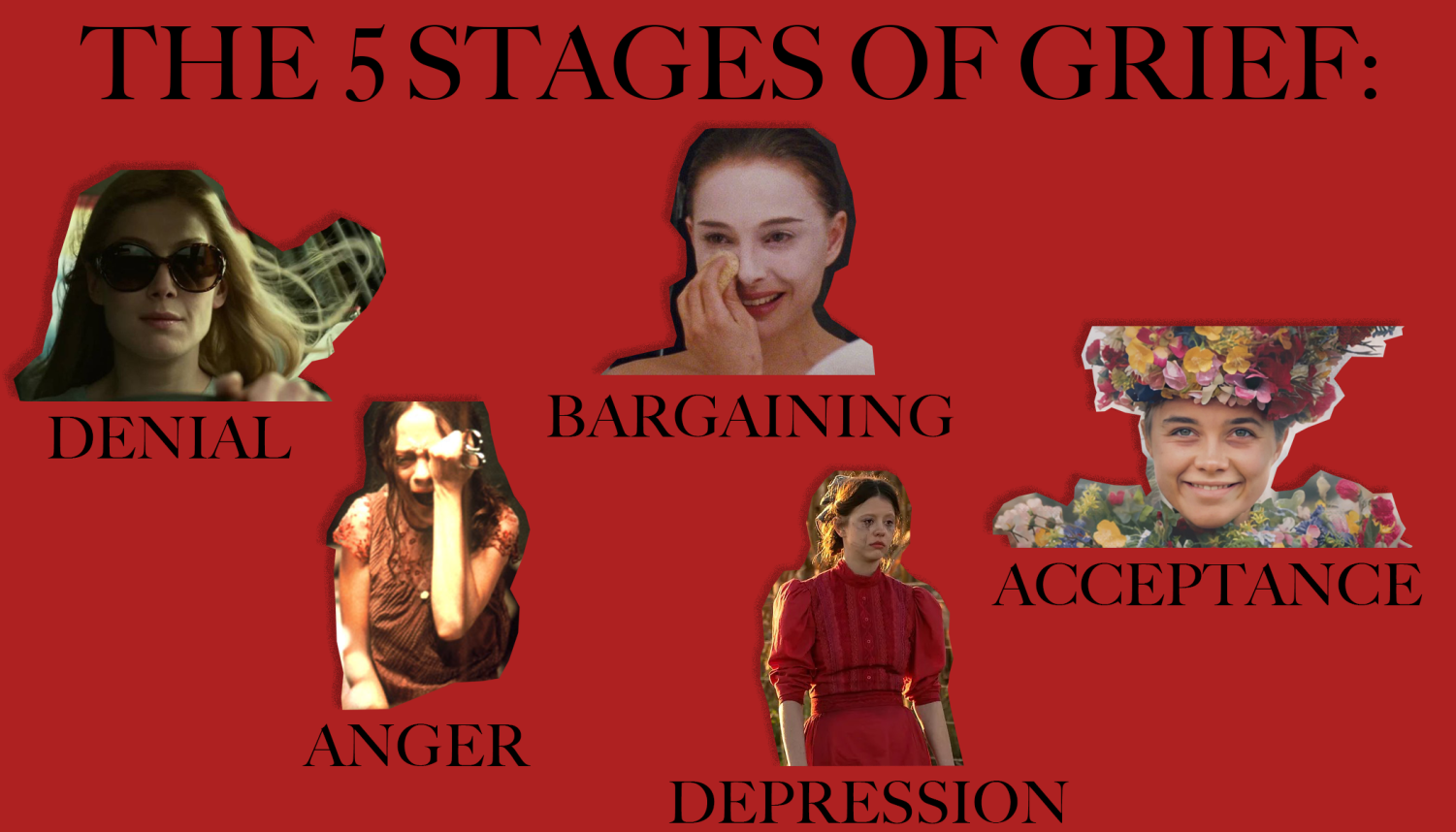Rage Against The Man-Chine
A dive into the infamous "female rage" trend that’s been riling up the internet
February 28, 2023
As Women’s History Month approaches, the infatuation for movies with female leads such as Gone Girl (2014), May (2002), Black Swan (2010), Pearl (2002), and Midsommar (2019) grows exponentially, especially made apparent on social media. However, what sets this trend apart from the others is that the appreciation for these particular films is found in forms of compilations of women… screaming? “Female rage” has been the topic of conversation around several corners of the internet as questions follow suit: what is female rage, and why is there even a distinction between a man’s anger and a woman’s anger, especially that of which is represented in media?
The assertion that these movies are the paradigm of women parallels the very structure of society that each story was written on. More often than not, it can be expected that a lot of what women do in media and in real life, will be fetishized, likely being taken out of its original context or simply being skewed to align with what other people desire from a woman rather than who she is or desires to be. Female rage is a consequence of this, or more rather a culmination of being disregarded and unseen as a real person for generations, but ultimately showing what has been brewing underneath all along; a woman with thoughts and emotions and not just something to gawk at and expect selfless pleasure from.
“Historically, women were told that they were hysterical or that they were only meant to be seen and not heard. But, I think that now we’re seeing more women being able to say ‘this is ok, this is just how we express ourselves,'” history and AP psychology teacher Mrs. Kelly said. The mere concept of female rage being represented in media is extremely nuanced and has to be viewed from a perspective that is open to understanding something so elusive such as emotions that women have been expected to hold in for centuries. “I mean, we don’t want to be Amy Dunne and go and stab the guy, that’s not the point. But, the people that say ‘she was in the right’ and that what she did was ok is just saying that this is the way we are angry, and people who don’t get angry the same way and don’t understand it have the task of being open and trying to wrap their heads around the emotions of the women around them. I, myself, think that a lot of the movies are very over the top and radical examples of female rage, but I think it’s one step in the right direction to saying that it is ok to express anger as a woman.”
Films like Pearl and May specifically are some cohesive embodiments of the particular shift that filmmakers take in regards to women’s stories; commonly taking things to the extreme, these female characters come off as villainous, heavy with resentment, and eager for retaliation. Yes, these films are definitely more esoteric than others as they are more catered to people that are willing to put aside the admittedly ridiculous and maniacal aspects, but the overall emphasis that these sort of movies put on female perspectives is something that can be empowering and resonate for other women since there are finally tangible words and visuals to attach to that distinct feeling of turmoil that is felt as a woman which is often left unheard of.

